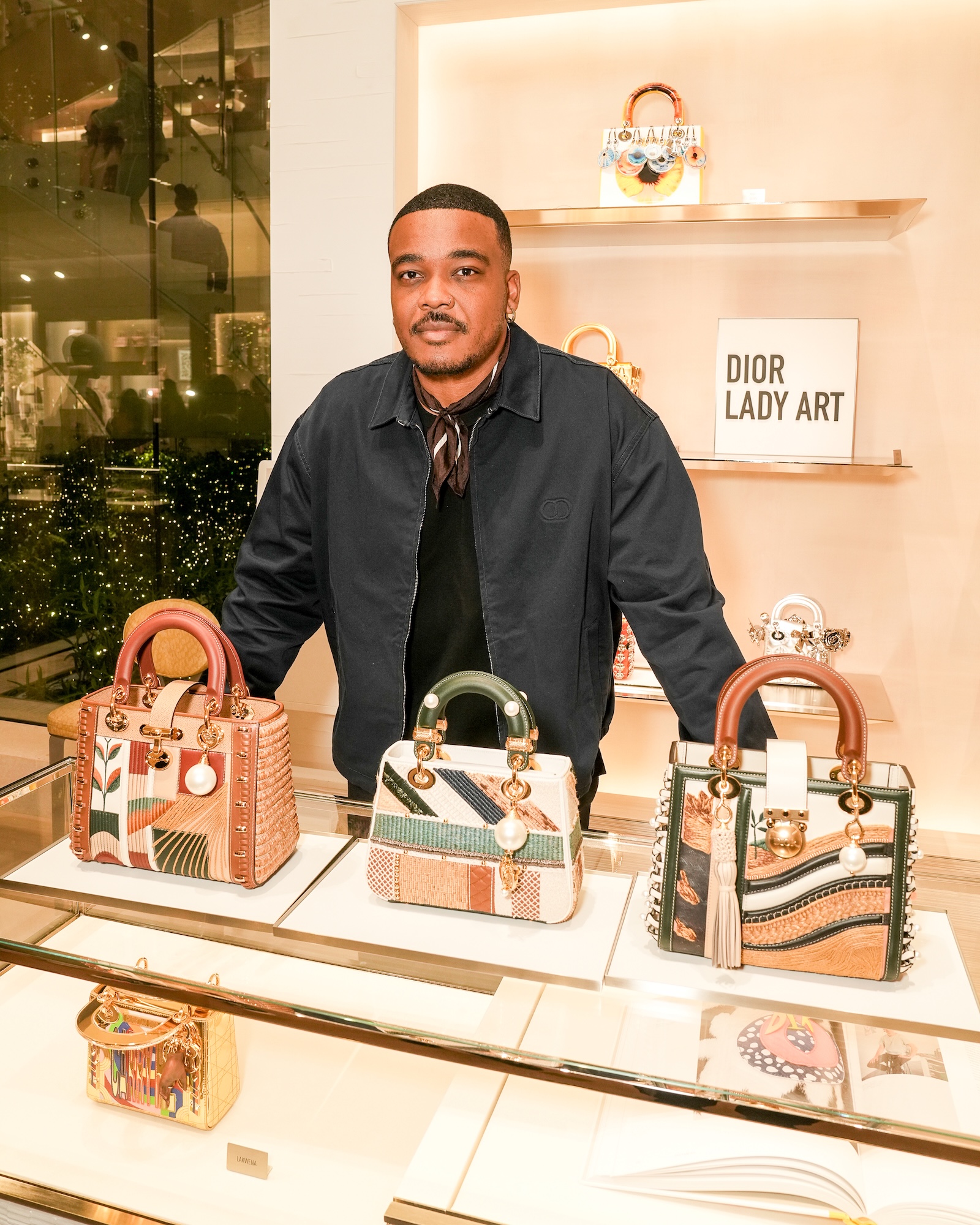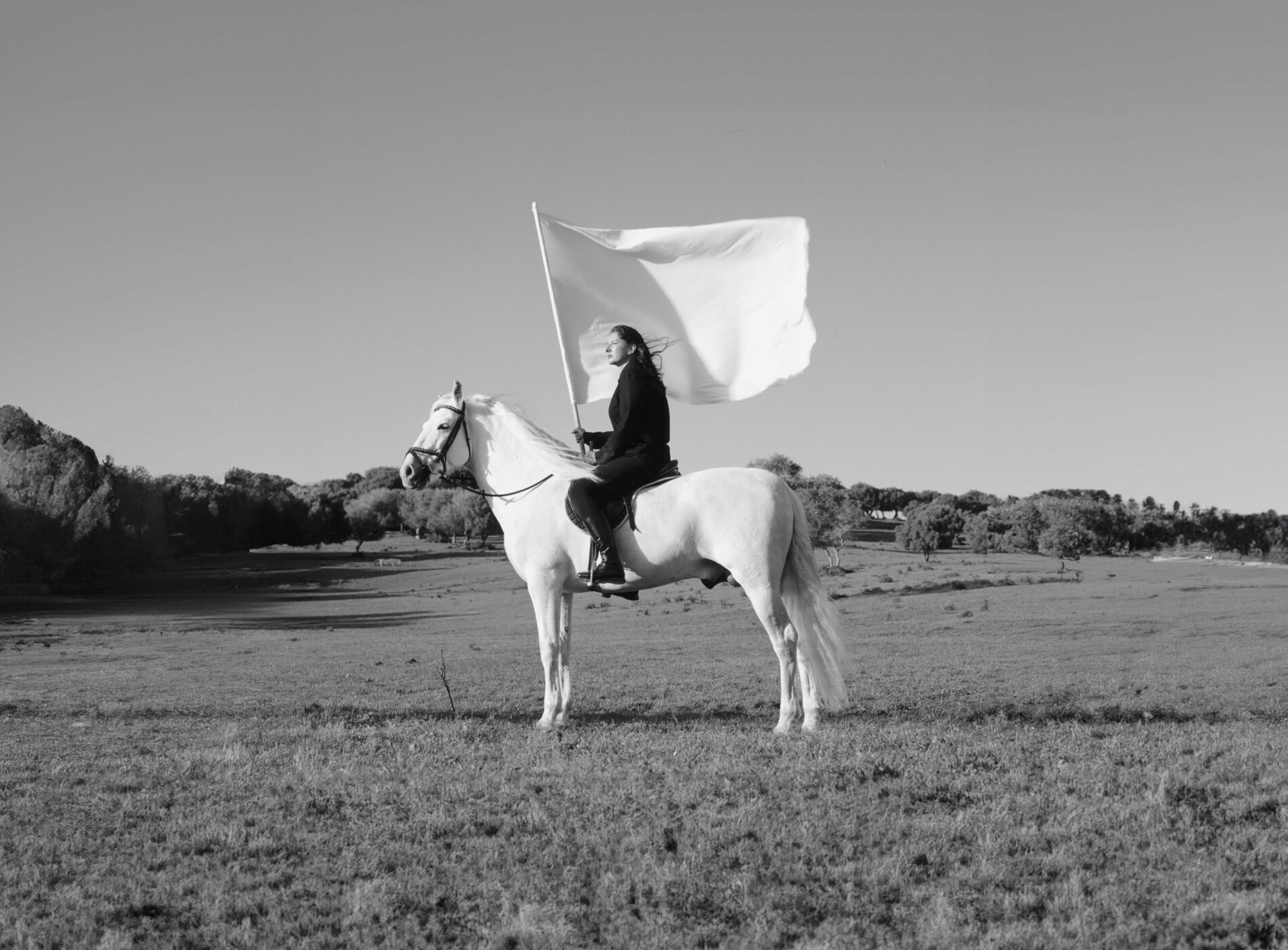

Courtesy of Tori Adams
“I’m done with genitals.”
Near the end of the “Women’s Ink: A Discussion by and about Women Tattooists” Lecture at the Natural History Museum of LA, Roxx shares this tid-bit of information with the audience. The answer comes in response to a question about what is off limits for two of the respective tattoo artists there: Roxx, a London-born and LA-based artist whose geometric pieces highlight the natural beauty human form, and Kari Barba, a Long-Beach native who continues to create art in the colorful and quirky Pike tradition. For the past hour the two distinct artists have been conversing with Margot Mifflin, a writer who has spent her academic career researching the history of tattoo art and its intersection with gender, and Cara Santa Maria, an ex-_Huffington Post_ journalist and current host of the podcast _Talk Nerdy,_ about the challenges women have faced breaking into a traditionally male profession.


Courtesy of [@snakegrrl](https://www.instagram.com/p/BhhdcsVhd3_/?taken-by=snakegrrl)
The four women each have distinct backgrounds and personalities, but they all unanimously agree on one thing: women who have tattoos and women who create tattoos face prejudice in our society. Cara Maria notes that it seems especially subversive for women to get tattoos and asks the panelists why that may be. Kari begins by looking at the big picture: “Society has built this sort of idea of what a woman should be…and everyone has been taught that you’re only beautiful if you look a certain way.” Roxx takes this trail of thought and runs with it: “A woman who chooses to rebuff that and tattoo herself and say ‘I don’t care what you think about this I’m doing this because it makes me happy,’ is subversive already \[with\]in that society.” Margot then chimes in with a seasoned academic perspective: “There is a lot of focus on the female body in our culture, and there has been, for many years, a lot of scrutiny of it and a lot of disciplining of it, through cosmetics and plastic surgery. Tattooing is in reverse of that-the idea of defining who you want to be through your choice of design…not someone’s sort of commodified push.”
It’s not just women who face this prejudice. Since tattooing began as a form of folk art (in western culture), it has usually been perceived as a rather unsophisticated form of artistic expression. Factor in the fact that the two major styles of Western tattooing are associated with sailors, inmates and bikers and you have a recipe for a strong (and misguided) stereotype of what it means to inhabit a body that is graced with tattoos. You are looked at as an outcast and a deviant-someone unfit to function in mainstream society.




#block-yui\_3\_17\_2\_1\_1525892935464\_121328 .sqs-gallery-block-grid { margin-right: -20px; } #block-yui\_3\_17\_2\_1\_1525892935464\_121328 .sqs-gallery-block-grid .sqs-gallery-design-grid-slide .margin-wrapper { margin-right: 20px; margin-bottom: 20px; }
Perhaps this is why women were drawn to tattoos in the first place. It seems natural that tattooing would serve as a form of both rebellion and self-realization for women who have historically been treated as second-class citizens. Tattoos are a way for a woman to reclaim her body as her own. This ownership can all too easily be forgotten amidst the excessive governing of the female body in DC. Washington tells women that how they choose to use, dress and sexually protect their body is a matter of policy, not personal preference. As Margot writes in the introduction to her book, _Bodies of Subversion: A Secret History of Women and Tattoo_, “Tattoos appeal to contemporary women both as emblems of empowerment in an era of feminist gains and as badges of self-determination at a time when controversies about abortion rights, date rape, and sexual harassment have made them think hard about who controls their bodies—and why.”
Walking through the exhibit afterwards, it’s clear to see that women spanning the globe and the ages have used tattoos as a medium for empowerment and identification. Scattered throughout the displays are various women who have refused to conform, and have instead colored their life with ink. Take Whang-Od Oggay for example. Clocking in at almost one hundred years, the master has filled her body, and her clients’ bodies, with intricate hand-tapped designs in the Kalinga (Pilipino) tradition. There’s also Janet “Rusty” Skuse, a woman who spent twenty years in The Guinness Book of World Records for being “the most tattooed woman in England,” before she went on to learn and master the craft. Displayed across from her is Jesse Knight, the first full-time, female tattoo artist in Britain, who is rumored to have tatted King Edward VII. Then there’s Janis Joplin, a woman who roared rock 'n' roll tunes, ruffled feathers, and put the idea of tattoo customization on the map for mainstream consumers.




#block-yui\_3\_17\_2\_1\_1525892935464\_140121 .sqs-gallery-block-grid { margin-right: -20px; } #block-yui\_3\_17\_2\_1\_1525892935464\_140121 .sqs-gallery-block-grid .sqs-gallery-design-grid-slide .margin-wrapper { margin-right: 20px; margin-bottom: 20px; }
These women (and many others) paved the way for the two distinguished tattooists who sit before me. They definitely made their journey easier, but they did not make it easy-after all it is a male-dominated field within a male-dominated society. Roxx frustratingly divulges how hard it was to break into the industry initially: “There was just no way to get an apprenticeship as a woman in London in the 80s...it was a difficult road.” The so-called “gods” of the tattoo world would often take on other men for apprenticeships, leaving women to figure out how to break into the industry on their own. For example, the infamous tattooist Sailor Jerry, took on three male protégés during his lifetime-the most famous of them being Ed Hardy. Yet somehow these women managed to make it. They grabbed any opportunity that came their way and ran with it.
* * *
Lisa Bracero, a Puerto Rican tattoo artist based in Hermosa, did just that. When you walk past the party animals doing rails on the rails of the Tower 12 Bar, and into _Yer Cheat'n Heart_, you’ll find Lisa in the back right corner hustling away. Hanging to her right, are sheets of translucent paper showcasing some of her finest work-mostly vibrant profiles of powerful women, both real and imaginary. It’s easy to look at her extensive body of work, which spans over ten years, and think it’s been a breeze getting here, but Lisa, like other female artists, had to work twice as hard to get to this point.


Courtesy of Daniel Morales
Lisa began working as a secretary at the Gardena-based Yer Cheat'n Heart when she was only nineteen. With parents who were resistant to tattoos and bosses who were resistant to female tattooists, she had her work cut out for her. “It was very hard. I had two bosses at the time and they were both very against women tattooers. They thought they just fucked their way through an apprenticeship and I didn’t like that. I would NEVER belittle my body or myself that way.”
Eventually Lisa impressed her bosses enough, with her art alone, to score an apprenticeship. Throughout her year-long apprenticeship, Lisa had to fight to validate herself to her bosses, and her clients. Oftentimes, walk-in customers would mistake Lisa for the receptionist. “It was really hard ten years ago for me to go around and tattoo. People would think I was shop help or the merch girl.” Ten years later, Lisa has established her legacy in the tattoo community, but clients still often fail to perceive her worth at first glance: “People will address me as help and think he’s,” she points to the male shop helper, “a tattooer.”
Another huge problem she faces? Being undermined by her now-ex boyfriend’s presence in the world of tattoos. Even though she has more experience than him, when they started dating people began associating her with his art. At first it didn’t bother her too much since they often collaborated. Now that they’re broken up though, she finds it infuriating. “I’ll go somewhere and people will be like ‘Oh is he coming too?’ and I’m like ‘No, you asked me.’”
Similarly, Kat Von D’s artistry has often been overshadowed by the status of her famous boyfriends (namely Jesse James and Steve O). That never fazed Von D. though. The artist created a legacy with the TLC show, _LA Ink_. “She put females on the map in public,” Bracero concurs, “That was ten years ago, when it was really hard to be a young female artist. It definitely opened up doors and made the public realize ‘Oh wow, girls can tattoo too,’ even though girls have been tattooing for centuries.”


Courtesey of Daniel Morales
Now, a decade later, female artists are blowing up. Bracero and her female peers, such as Virginia Elwood, Mina Aoki, Imme Boehme, Marina Inoue and Valerie Vargas (whom she describes as some of the “raddest” females in the game today), have made the path for the next generation of woman tattooists just a bit smoother. “It’s not as hard right now because women are just dominating everything.”
But despite the headway female tattoo artists have made in the industry, in society at large they still face prejudice-as do their female clients. “You’re judging me on the color of my skin literally. Whether it be brown or black or purple.” It can be easy to forget that tattoos are so stigmatized as they become normalized and trend on Tumblr, but the reality is employers and most adults in society still find them grotesque. Bracero argues that a lot of it has to do with the governing of the female body in society: “We’re judged every single day. What we look like, what our hair looks like, what our makeup looks like, our teeth, our clothes. It’s everywhere. Putting on a tattoo isn't any different.”
As I walk out of the shop, it dawns on me that all of my tattoos have been designed and embedded by women. Maybe it happened by chance, or maybe subconsciously I was looking for someone who understood the curvature of my body and the struggles my gender faces. While I won’t rule a male artist out, after hearing Roxx, Barba and Bracero talk about their struggles to be legitimized in the industry, I think it’s pretty safe to say that I will put my money where my long-winded feminist mouth is, and continue to seek out female artists.
* * *
Written by Tori Adams
 
Courtesy of Tori Adams
“I’m done with genitals.”
Near the end of the “Women’s Ink: A Discussion by and about Women Tattooists” Lecture at the Natural History Museum of LA, Roxx shares this tid-bit of information with the audience. The answer comes in response to a question about what is off limits for two of the respective tattoo artists there: Roxx, a London-born and LA-based artist whose geometric pieces highlight the natural beauty human form, and Kari Barba, a Long-Beach native who continues to create art in the colorful and quirky Pike tradition. For the past hour the two distinct artists have been conversing with Margot Mifflin, a writer who has spent her academic career researching the history of tattoo art and its intersection with gender, and Cara Santa Maria, an ex-_Huffington Post_ journalist and current host of the podcast _Talk Nerdy,_ about the challenges women have faced breaking into a traditionally male profession.

Courtesy of Tori Adams
“I’m done with genitals.”
Near the end of the “Women’s Ink: A Discussion by and about Women Tattooists” Lecture at the Natural History Museum of LA, Roxx shares this tid-bit of information with the audience. The answer comes in response to a question about what is off limits for two of the respective tattoo artists there: Roxx, a London-born and LA-based artist whose geometric pieces highlight the natural beauty human form, and Kari Barba, a Long-Beach native who continues to create art in the colorful and quirky Pike tradition. For the past hour the two distinct artists have been conversing with Margot Mifflin, a writer who has spent her academic career researching the history of tattoo art and its intersection with gender, and Cara Santa Maria, an ex-_Huffington Post_ journalist and current host of the podcast _Talk Nerdy,_ about the challenges women have faced breaking into a traditionally male profession.
 
Courtesy of [@snakegrrl](https://www.instagram.com/p/BhhdcsVhd3_/?taken-by=snakegrrl)
The four women each have distinct backgrounds and personalities, but they all unanimously agree on one thing: women who have tattoos and women who create tattoos face prejudice in our society. Cara Maria notes that it seems especially subversive for women to get tattoos and asks the panelists why that may be. Kari begins by looking at the big picture: “Society has built this sort of idea of what a woman should be…and everyone has been taught that you’re only beautiful if you look a certain way.” Roxx takes this trail of thought and runs with it: “A woman who chooses to rebuff that and tattoo herself and say ‘I don’t care what you think about this I’m doing this because it makes me happy,’ is subversive already \[with\]in that society.” Margot then chimes in with a seasoned academic perspective: “There is a lot of focus on the female body in our culture, and there has been, for many years, a lot of scrutiny of it and a lot of disciplining of it, through cosmetics and plastic surgery. Tattooing is in reverse of that-the idea of defining who you want to be through your choice of design…not someone’s sort of commodified push.”
It’s not just women who face this prejudice. Since tattooing began as a form of folk art (in western culture), it has usually been perceived as a rather unsophisticated form of artistic expression. Factor in the fact that the two major styles of Western tattooing are associated with sailors, inmates and bikers and you have a recipe for a strong (and misguided) stereotype of what it means to inhabit a body that is graced with tattoos. You are looked at as an outcast and a deviant-someone unfit to function in mainstream society.




#block-yui\_3\_17\_2\_1\_1525892935464\_121328 .sqs-gallery-block-grid { margin-right: -20px; } #block-yui\_3\_17\_2\_1\_1525892935464\_121328 .sqs-gallery-block-grid .sqs-gallery-design-grid-slide .margin-wrapper { margin-right: 20px; margin-bottom: 20px; }
Perhaps this is why women were drawn to tattoos in the first place. It seems natural that tattooing would serve as a form of both rebellion and self-realization for women who have historically been treated as second-class citizens. Tattoos are a way for a woman to reclaim her body as her own. This ownership can all too easily be forgotten amidst the excessive governing of the female body in DC. Washington tells women that how they choose to use, dress and sexually protect their body is a matter of policy, not personal preference. As Margot writes in the introduction to her book, _Bodies of Subversion: A Secret History of Women and Tattoo_, “Tattoos appeal to contemporary women both as emblems of empowerment in an era of feminist gains and as badges of self-determination at a time when controversies about abortion rights, date rape, and sexual harassment have made them think hard about who controls their bodies—and why.”
Walking through the exhibit afterwards, it’s clear to see that women spanning the globe and the ages have used tattoos as a medium for empowerment and identification. Scattered throughout the displays are various women who have refused to conform, and have instead colored their life with ink. Take Whang-Od Oggay for example. Clocking in at almost one hundred years, the master has filled her body, and her clients’ bodies, with intricate hand-tapped designs in the Kalinga (Pilipino) tradition. There’s also Janet “Rusty” Skuse, a woman who spent twenty years in The Guinness Book of World Records for being “the most tattooed woman in England,” before she went on to learn and master the craft. Displayed across from her is Jesse Knight, the first full-time, female tattoo artist in Britain, who is rumored to have tatted King Edward VII. Then there’s Janis Joplin, a woman who roared rock 'n' roll tunes, ruffled feathers, and put the idea of tattoo customization on the map for mainstream consumers.




#block-yui\_3\_17\_2\_1\_1525892935464\_140121 .sqs-gallery-block-grid { margin-right: -20px; } #block-yui\_3\_17\_2\_1\_1525892935464\_140121 .sqs-gallery-block-grid .sqs-gallery-design-grid-slide .margin-wrapper { margin-right: 20px; margin-bottom: 20px; }
These women (and many others) paved the way for the two distinguished tattooists who sit before me. They definitely made their journey easier, but they did not make it easy-after all it is a male-dominated field within a male-dominated society. Roxx frustratingly divulges how hard it was to break into the industry initially: “There was just no way to get an apprenticeship as a woman in London in the 80s...it was a difficult road.” The so-called “gods” of the tattoo world would often take on other men for apprenticeships, leaving women to figure out how to break into the industry on their own. For example, the infamous tattooist Sailor Jerry, took on three male protégés during his lifetime-the most famous of them being Ed Hardy. Yet somehow these women managed to make it. They grabbed any opportunity that came their way and ran with it.
* * *
Lisa Bracero, a Puerto Rican tattoo artist based in Hermosa, did just that. When you walk past the party animals doing rails on the rails of the Tower 12 Bar, and into _Yer Cheat'n Heart_, you’ll find Lisa in the back right corner hustling away. Hanging to her right, are sheets of translucent paper showcasing some of her finest work-mostly vibrant profiles of powerful women, both real and imaginary. It’s easy to look at her extensive body of work, which spans over ten years, and think it’s been a breeze getting here, but Lisa, like other female artists, had to work twice as hard to get to this point.

Courtesy of [@snakegrrl](https://www.instagram.com/p/BhhdcsVhd3_/?taken-by=snakegrrl)
The four women each have distinct backgrounds and personalities, but they all unanimously agree on one thing: women who have tattoos and women who create tattoos face prejudice in our society. Cara Maria notes that it seems especially subversive for women to get tattoos and asks the panelists why that may be. Kari begins by looking at the big picture: “Society has built this sort of idea of what a woman should be…and everyone has been taught that you’re only beautiful if you look a certain way.” Roxx takes this trail of thought and runs with it: “A woman who chooses to rebuff that and tattoo herself and say ‘I don’t care what you think about this I’m doing this because it makes me happy,’ is subversive already \[with\]in that society.” Margot then chimes in with a seasoned academic perspective: “There is a lot of focus on the female body in our culture, and there has been, for many years, a lot of scrutiny of it and a lot of disciplining of it, through cosmetics and plastic surgery. Tattooing is in reverse of that-the idea of defining who you want to be through your choice of design…not someone’s sort of commodified push.”
It’s not just women who face this prejudice. Since tattooing began as a form of folk art (in western culture), it has usually been perceived as a rather unsophisticated form of artistic expression. Factor in the fact that the two major styles of Western tattooing are associated with sailors, inmates and bikers and you have a recipe for a strong (and misguided) stereotype of what it means to inhabit a body that is graced with tattoos. You are looked at as an outcast and a deviant-someone unfit to function in mainstream society.




#block-yui\_3\_17\_2\_1\_1525892935464\_121328 .sqs-gallery-block-grid { margin-right: -20px; } #block-yui\_3\_17\_2\_1\_1525892935464\_121328 .sqs-gallery-block-grid .sqs-gallery-design-grid-slide .margin-wrapper { margin-right: 20px; margin-bottom: 20px; }
Perhaps this is why women were drawn to tattoos in the first place. It seems natural that tattooing would serve as a form of both rebellion and self-realization for women who have historically been treated as second-class citizens. Tattoos are a way for a woman to reclaim her body as her own. This ownership can all too easily be forgotten amidst the excessive governing of the female body in DC. Washington tells women that how they choose to use, dress and sexually protect their body is a matter of policy, not personal preference. As Margot writes in the introduction to her book, _Bodies of Subversion: A Secret History of Women and Tattoo_, “Tattoos appeal to contemporary women both as emblems of empowerment in an era of feminist gains and as badges of self-determination at a time when controversies about abortion rights, date rape, and sexual harassment have made them think hard about who controls their bodies—and why.”
Walking through the exhibit afterwards, it’s clear to see that women spanning the globe and the ages have used tattoos as a medium for empowerment and identification. Scattered throughout the displays are various women who have refused to conform, and have instead colored their life with ink. Take Whang-Od Oggay for example. Clocking in at almost one hundred years, the master has filled her body, and her clients’ bodies, with intricate hand-tapped designs in the Kalinga (Pilipino) tradition. There’s also Janet “Rusty” Skuse, a woman who spent twenty years in The Guinness Book of World Records for being “the most tattooed woman in England,” before she went on to learn and master the craft. Displayed across from her is Jesse Knight, the first full-time, female tattoo artist in Britain, who is rumored to have tatted King Edward VII. Then there’s Janis Joplin, a woman who roared rock 'n' roll tunes, ruffled feathers, and put the idea of tattoo customization on the map for mainstream consumers.




#block-yui\_3\_17\_2\_1\_1525892935464\_140121 .sqs-gallery-block-grid { margin-right: -20px; } #block-yui\_3\_17\_2\_1\_1525892935464\_140121 .sqs-gallery-block-grid .sqs-gallery-design-grid-slide .margin-wrapper { margin-right: 20px; margin-bottom: 20px; }
These women (and many others) paved the way for the two distinguished tattooists who sit before me. They definitely made their journey easier, but they did not make it easy-after all it is a male-dominated field within a male-dominated society. Roxx frustratingly divulges how hard it was to break into the industry initially: “There was just no way to get an apprenticeship as a woman in London in the 80s...it was a difficult road.” The so-called “gods” of the tattoo world would often take on other men for apprenticeships, leaving women to figure out how to break into the industry on their own. For example, the infamous tattooist Sailor Jerry, took on three male protégés during his lifetime-the most famous of them being Ed Hardy. Yet somehow these women managed to make it. They grabbed any opportunity that came their way and ran with it.
* * *
Lisa Bracero, a Puerto Rican tattoo artist based in Hermosa, did just that. When you walk past the party animals doing rails on the rails of the Tower 12 Bar, and into _Yer Cheat'n Heart_, you’ll find Lisa in the back right corner hustling away. Hanging to her right, are sheets of translucent paper showcasing some of her finest work-mostly vibrant profiles of powerful women, both real and imaginary. It’s easy to look at her extensive body of work, which spans over ten years, and think it’s been a breeze getting here, but Lisa, like other female artists, had to work twice as hard to get to this point.
 
Courtesy of Daniel Morales
Lisa began working as a secretary at the Gardena-based Yer Cheat'n Heart when she was only nineteen. With parents who were resistant to tattoos and bosses who were resistant to female tattooists, she had her work cut out for her. “It was very hard. I had two bosses at the time and they were both very against women tattooers. They thought they just fucked their way through an apprenticeship and I didn’t like that. I would NEVER belittle my body or myself that way.”
Eventually Lisa impressed her bosses enough, with her art alone, to score an apprenticeship. Throughout her year-long apprenticeship, Lisa had to fight to validate herself to her bosses, and her clients. Oftentimes, walk-in customers would mistake Lisa for the receptionist. “It was really hard ten years ago for me to go around and tattoo. People would think I was shop help or the merch girl.” Ten years later, Lisa has established her legacy in the tattoo community, but clients still often fail to perceive her worth at first glance: “People will address me as help and think he’s,” she points to the male shop helper, “a tattooer.”
Another huge problem she faces? Being undermined by her now-ex boyfriend’s presence in the world of tattoos. Even though she has more experience than him, when they started dating people began associating her with his art. At first it didn’t bother her too much since they often collaborated. Now that they’re broken up though, she finds it infuriating. “I’ll go somewhere and people will be like ‘Oh is he coming too?’ and I’m like ‘No, you asked me.’”
Similarly, Kat Von D’s artistry has often been overshadowed by the status of her famous boyfriends (namely Jesse James and Steve O). That never fazed Von D. though. The artist created a legacy with the TLC show, _LA Ink_. “She put females on the map in public,” Bracero concurs, “That was ten years ago, when it was really hard to be a young female artist. It definitely opened up doors and made the public realize ‘Oh wow, girls can tattoo too,’ even though girls have been tattooing for centuries.”

Courtesy of Daniel Morales
Lisa began working as a secretary at the Gardena-based Yer Cheat'n Heart when she was only nineteen. With parents who were resistant to tattoos and bosses who were resistant to female tattooists, she had her work cut out for her. “It was very hard. I had two bosses at the time and they were both very against women tattooers. They thought they just fucked their way through an apprenticeship and I didn’t like that. I would NEVER belittle my body or myself that way.”
Eventually Lisa impressed her bosses enough, with her art alone, to score an apprenticeship. Throughout her year-long apprenticeship, Lisa had to fight to validate herself to her bosses, and her clients. Oftentimes, walk-in customers would mistake Lisa for the receptionist. “It was really hard ten years ago for me to go around and tattoo. People would think I was shop help or the merch girl.” Ten years later, Lisa has established her legacy in the tattoo community, but clients still often fail to perceive her worth at first glance: “People will address me as help and think he’s,” she points to the male shop helper, “a tattooer.”
Another huge problem she faces? Being undermined by her now-ex boyfriend’s presence in the world of tattoos. Even though she has more experience than him, when they started dating people began associating her with his art. At first it didn’t bother her too much since they often collaborated. Now that they’re broken up though, she finds it infuriating. “I’ll go somewhere and people will be like ‘Oh is he coming too?’ and I’m like ‘No, you asked me.’”
Similarly, Kat Von D’s artistry has often been overshadowed by the status of her famous boyfriends (namely Jesse James and Steve O). That never fazed Von D. though. The artist created a legacy with the TLC show, _LA Ink_. “She put females on the map in public,” Bracero concurs, “That was ten years ago, when it was really hard to be a young female artist. It definitely opened up doors and made the public realize ‘Oh wow, girls can tattoo too,’ even though girls have been tattooing for centuries.”
 
Courtesey of Daniel Morales
Now, a decade later, female artists are blowing up. Bracero and her female peers, such as Virginia Elwood, Mina Aoki, Imme Boehme, Marina Inoue and Valerie Vargas (whom she describes as some of the “raddest” females in the game today), have made the path for the next generation of woman tattooists just a bit smoother. “It’s not as hard right now because women are just dominating everything.”
But despite the headway female tattoo artists have made in the industry, in society at large they still face prejudice-as do their female clients. “You’re judging me on the color of my skin literally. Whether it be brown or black or purple.” It can be easy to forget that tattoos are so stigmatized as they become normalized and trend on Tumblr, but the reality is employers and most adults in society still find them grotesque. Bracero argues that a lot of it has to do with the governing of the female body in society: “We’re judged every single day. What we look like, what our hair looks like, what our makeup looks like, our teeth, our clothes. It’s everywhere. Putting on a tattoo isn't any different.”
As I walk out of the shop, it dawns on me that all of my tattoos have been designed and embedded by women. Maybe it happened by chance, or maybe subconsciously I was looking for someone who understood the curvature of my body and the struggles my gender faces. While I won’t rule a male artist out, after hearing Roxx, Barba and Bracero talk about their struggles to be legitimized in the industry, I think it’s pretty safe to say that I will put my money where my long-winded feminist mouth is, and continue to seek out female artists.
* * *
Written by Tori Adams

Courtesey of Daniel Morales
Now, a decade later, female artists are blowing up. Bracero and her female peers, such as Virginia Elwood, Mina Aoki, Imme Boehme, Marina Inoue and Valerie Vargas (whom she describes as some of the “raddest” females in the game today), have made the path for the next generation of woman tattooists just a bit smoother. “It’s not as hard right now because women are just dominating everything.”
But despite the headway female tattoo artists have made in the industry, in society at large they still face prejudice-as do their female clients. “You’re judging me on the color of my skin literally. Whether it be brown or black or purple.” It can be easy to forget that tattoos are so stigmatized as they become normalized and trend on Tumblr, but the reality is employers and most adults in society still find them grotesque. Bracero argues that a lot of it has to do with the governing of the female body in society: “We’re judged every single day. What we look like, what our hair looks like, what our makeup looks like, our teeth, our clothes. It’s everywhere. Putting on a tattoo isn't any different.”
As I walk out of the shop, it dawns on me that all of my tattoos have been designed and embedded by women. Maybe it happened by chance, or maybe subconsciously I was looking for someone who understood the curvature of my body and the struggles my gender faces. While I won’t rule a male artist out, after hearing Roxx, Barba and Bracero talk about their struggles to be legitimized in the industry, I think it’s pretty safe to say that I will put my money where my long-winded feminist mouth is, and continue to seek out female artists.
* * *
Written by Tori Adams


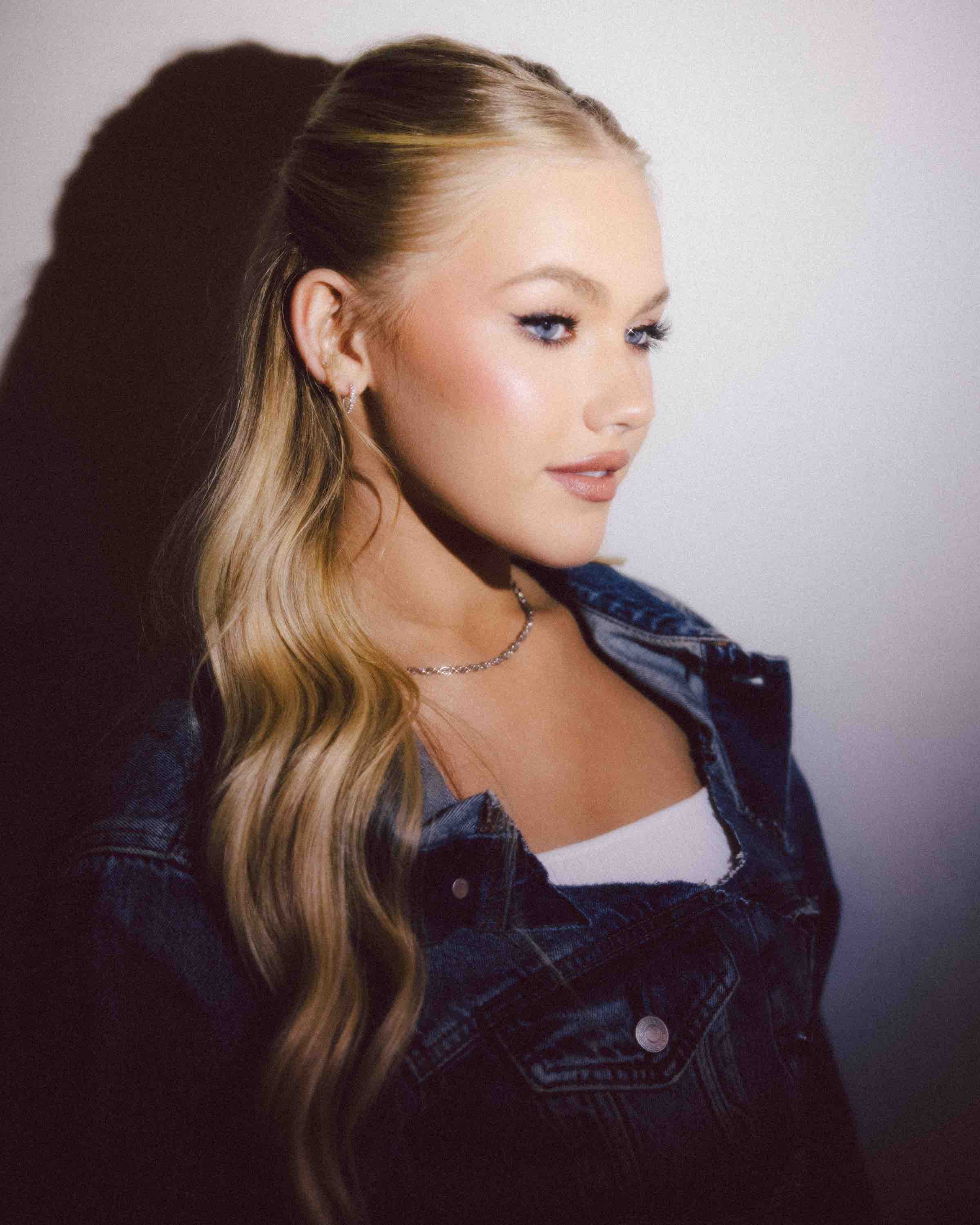
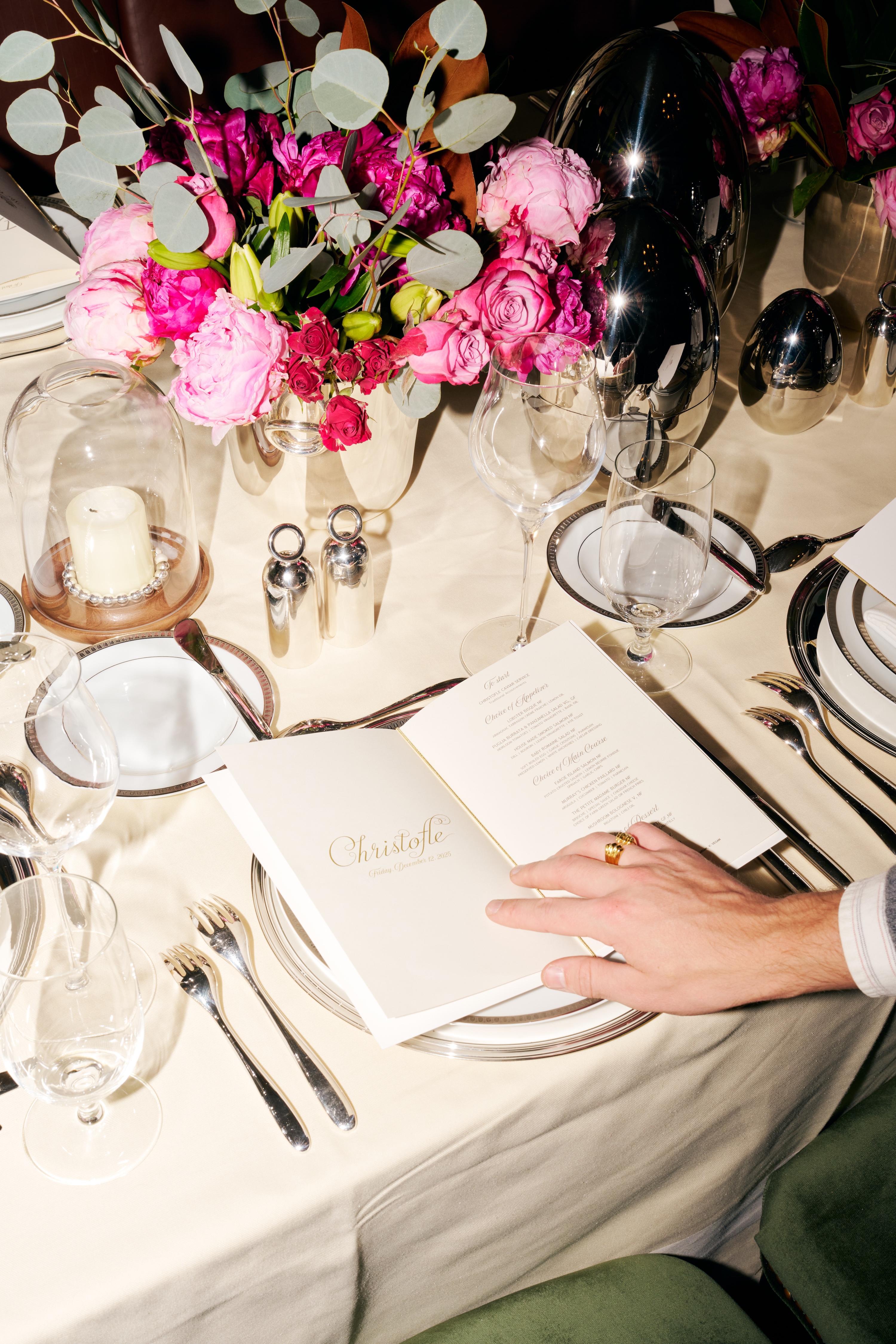

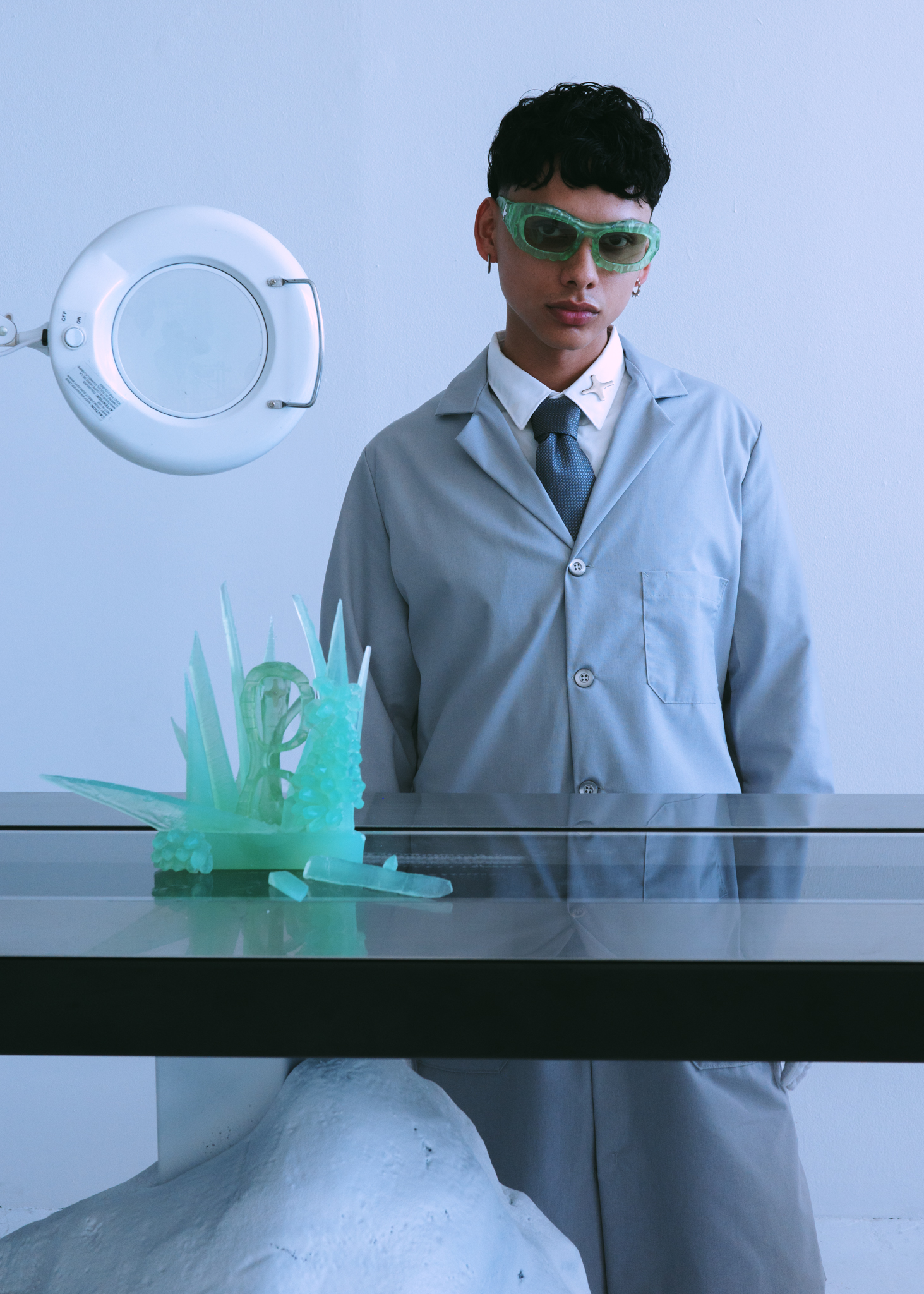
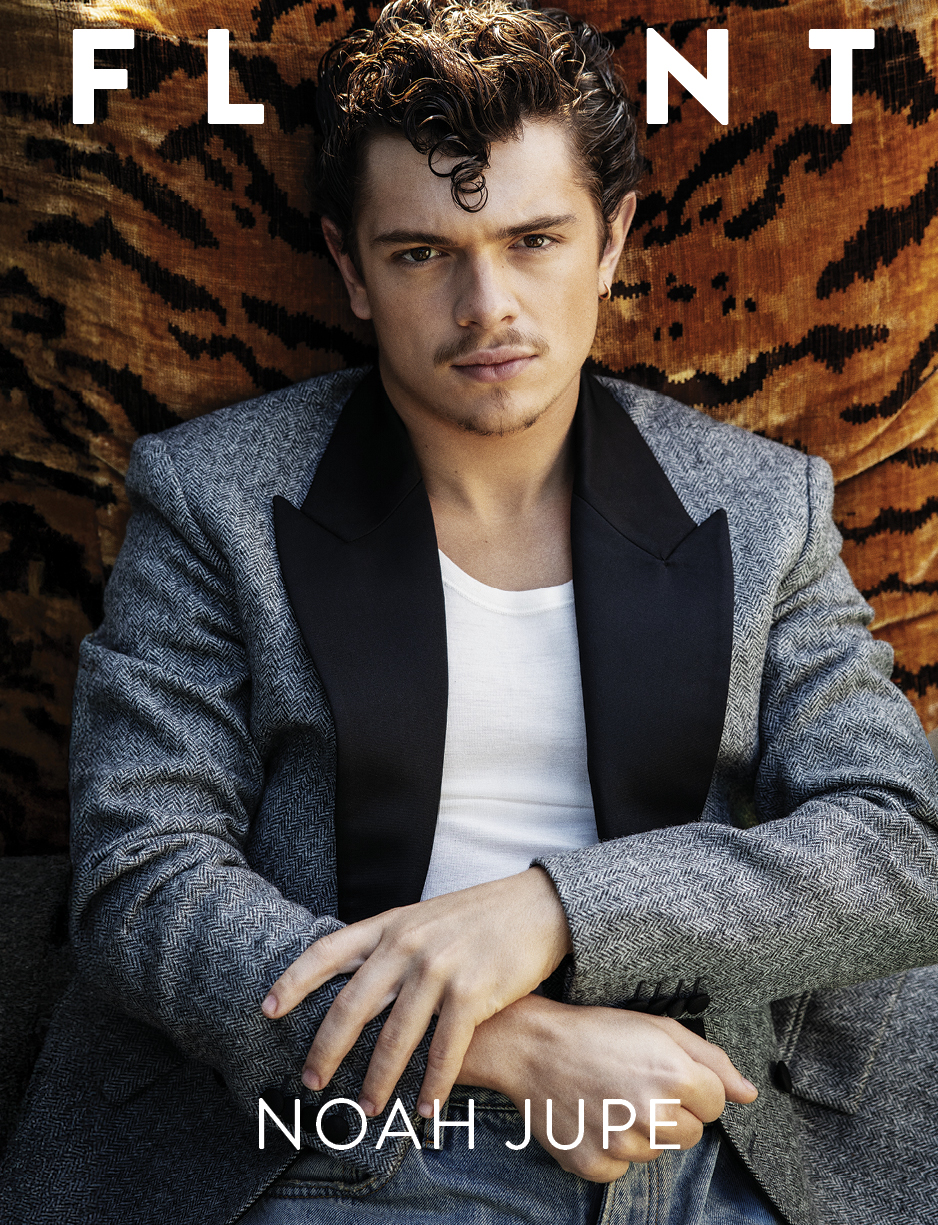
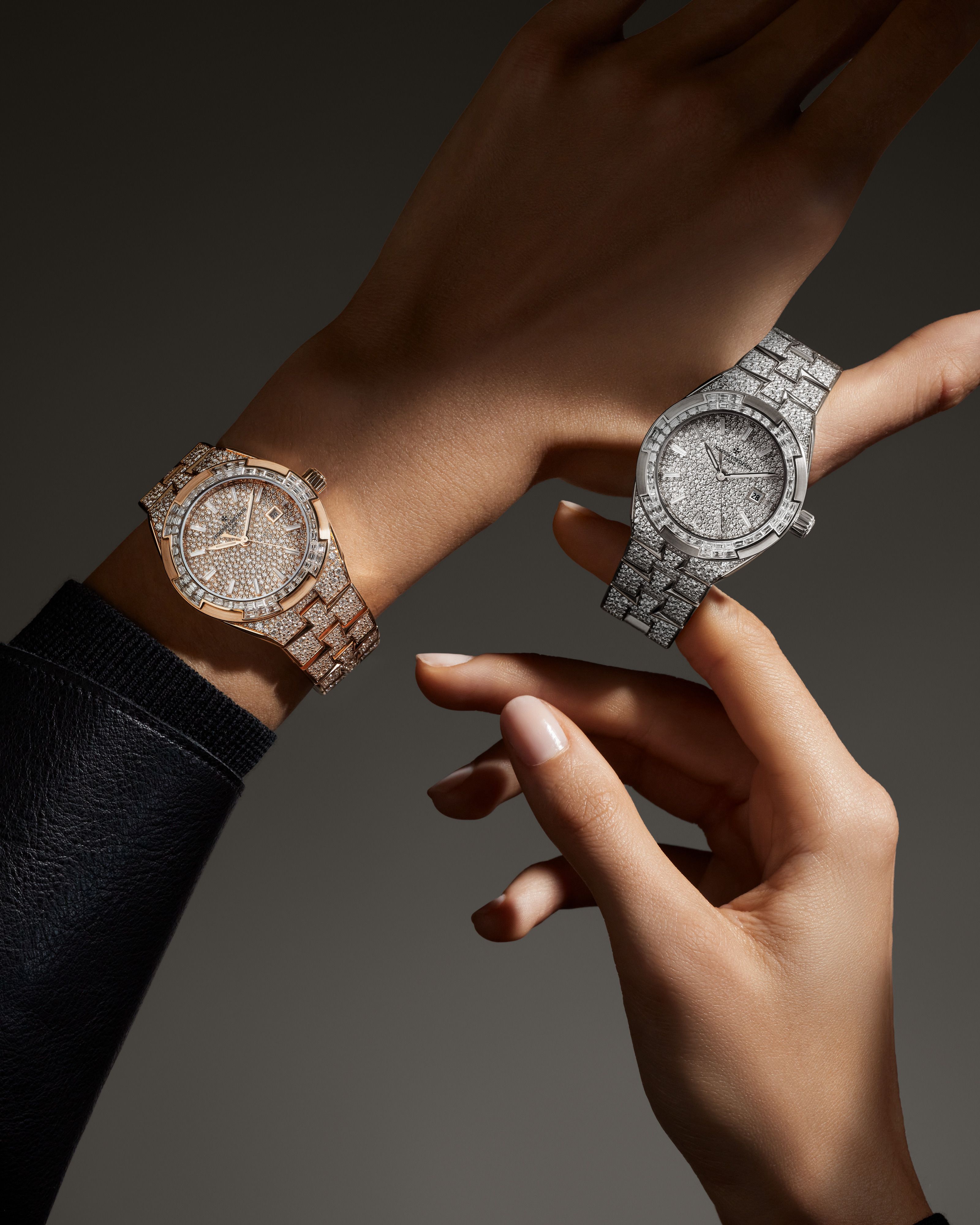

.JPG)
.jpg)
